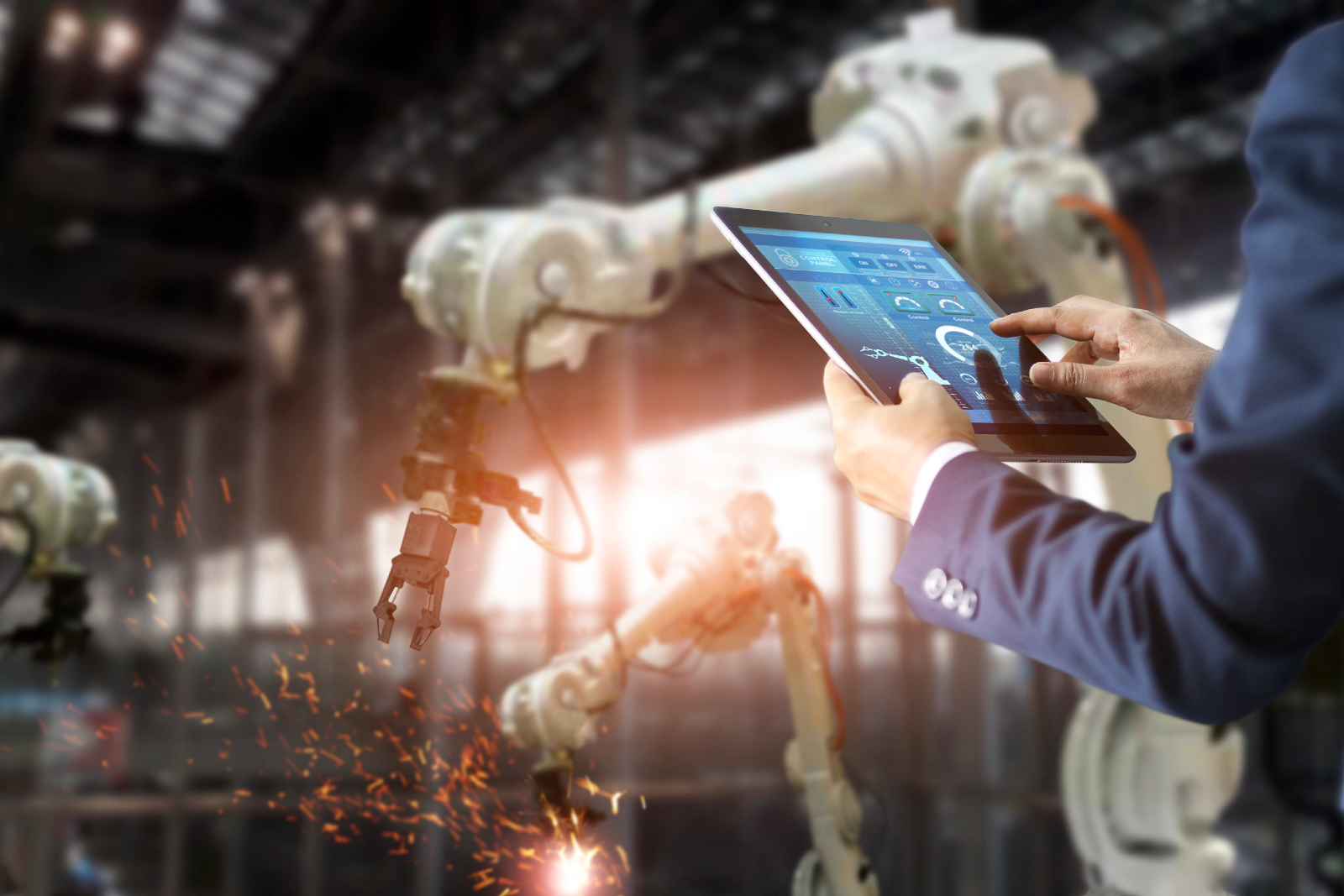
Manufacturing industries have been developing and using robotics for several decades, the first example being a robot that was capable of transferring objects from one point to another within a distance of around three and a half metres, designed by George Devol in 1954.
Jump forwards to today and intelligent robots have taken over many of the manufacturing tasks that require high precision, speed and endurance. They are becoming smarter, more flexible and increasingly capable of working independently of humans. It’s safe to say that, without robots, most large manufacturing companies would struggle to survive.
With such advancement taking place in one sector, we thought we’d take a look at what’s happening in construction. Read on to find out three ways in which our industry is joining the robotic revolution.
Robotics in construction
Although manufacturing was an early starter, robotic engineering has, in recent years, become more prevalent in other industries like agriculture and construction.
In many ways the construction sector has been playing catch-up and that’s partly because any robotic application on a construction site has to take into account the complexity and unpredictability of factors than can occur in this environment.
However, there are now many ways in which the AI that powers automation through computer software (the brains) and robots (the mechanical devices that carry out the action) are now changing construction practices. Here are three examples:
1. Geotechnical surveillance
As the first step in the construction of a site, a geotechnical survey is used to gather information about things like soil consistency/ structure and groundwater level, and make recommendations for the technical project.
Many of the processes involved in this have now been automated with robots.
From the air, surveillance drones are regularly used to help identify potential locations for development as well as map out the area and what’s nearby. Meanwhile, on the ground, small robots with wheels are used to gather outdoor environmental information in and around potential construction sites.
2. Excavation
There’s a common phrase that says “You can’t build a house without laying the foundations”. Well, there’s a step that comes before that – digging down and moving the earth where those foundations need to be laid.
Such work can be hazardous to human health and life, for instance in the event of the sides of the excavation collapsing or materials falling into the excavation.
Today there are automated excavators, backhoe loaders and skid-steer loaders, and this injection of robotic engineering has made the entire process of laying a building’s foundation much safer than ever before.
A human operator is still required to monitor the task but they can do this from a remote, safer position and, at all times, they will be guided by specialised AI that works in sync with the robotic vehicle and its built-in sensors.
As with self-driving vehicles, these sensors can detect unintended obstacles in their path and automatically stop the vehicle. So, in the event of an operator making a mistake, the AI will step in with corrective action.
3. Transport
While it’s not yet common to see fully connected and automated vehicles (CAVs) on busy roads, the technology around this innovation is available and, with investment from government, industry and academia, is being tested in more than 90 collaborative projects across the UK. One prediction is that the CAV industry in the UK could be worth £62billion by 2035.
Currently, there are legal limits on where and how far automated construction vehicles are allowed to travel and so it’s unlikely that large, unmanned vehicles carrying construction materials will be out on our public roads any time soon. However, progress is being made and CAVS are being used on (and bringing considerable benefit to) some construction sites.
These vehicles are particularly good for travelling in locations that would be considered dangerous for a manned vehicle (thereby decreasing the risk of accidents) and another bonus is they can work all hours, speeding up the delivery of a project and reducing labour costs.
Ground-breaking solutions
When you watch the way modern robots fulfil their tasks on a production line, it’s clear to see just how far robotic engineering has come in manufacturing environments. Some of the advancements we’re now seeing in construction may be less obvious but they’re still providing some ground-breaking solutions to age-old problems.
Of course, the use of robotic technology in construction is also still evolving and likely to bring further changes to the industry in the not too distant future, for instance a bricklaying robot. The company, Construction Automation Ltd, have been developing, building and trailing its Automated Bricklaying Robot (ABLR) since 2016. In 2020, the ABLR built its first house and the company are now working to make this a commercially viable product.
From a business perspective, the implementation of automated machines like drones, excavators and vehicles in construction is good news as they play their part in improving safety, eliminating mistakes and reducing costs.
19.10.2022
Feature image: Freepik








